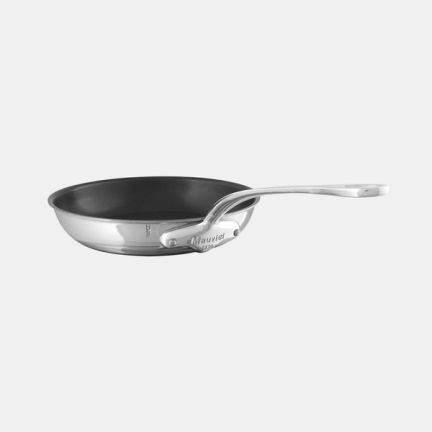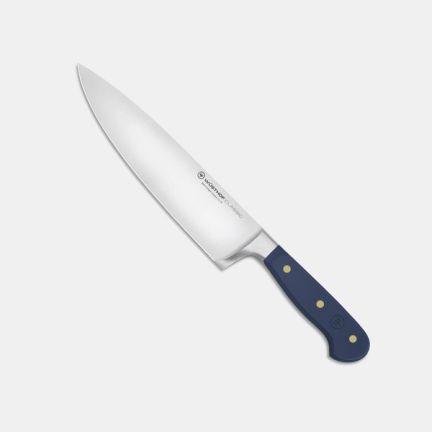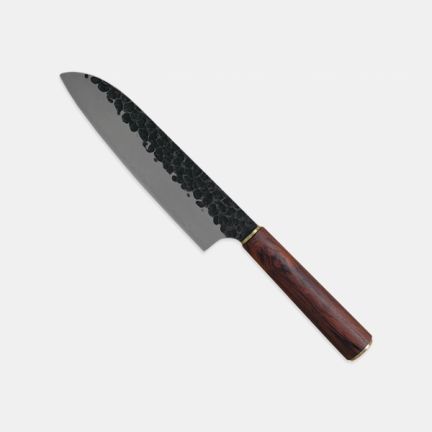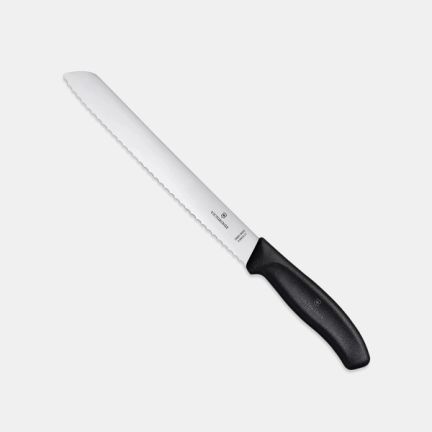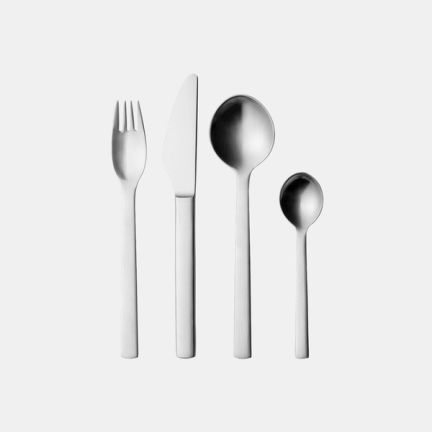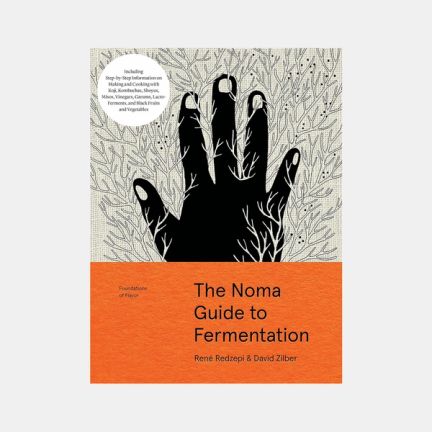
The essential equipment every home kitchen needs
Work across meals and cuisines with pure fluidity courtesy of these countertop staples
Words: Josh Lee
Cooking can be as easy as breathing in and out, once decreed Fergus Henderson, the beloved chef of St. John restaurant. Work with the seasons, don’t overcomplicate things, let the produce sing on its own. Sound advice, of course, from the doyen of nose-to-tail eating, but playing to the ingredients’ advantage is only one part of creating a successful meal. There are the correct tools to consider, too – a dull knife or a rust-coated saucepan will do little to enhance your experience at the chopping board and stove, for example.
With this in mind, we’ve picked out some of the key staples your counter and cupboards need, the ones that’ll work fluently across manifold meals throughout the day, cuisines, and occasions, with most not only imbued with longevity, but also with ease of use. Towards the bottom, however, we have included a few flair items – perhaps a tad superfluous in some opinions, but necessary nonetheless. Cooking is all about joy, after all.
The Heavy-Duty Gear
It’s best to start with the vessels that will actually transform your food via the application of heat. We would usually like to include a wok, but most standard home kitchens don’t possess the butane power required to create wok hei, that enigmatic, smoky flavour common in east-Asian fare. As such, we’ve gone back to the bare basics, with pieces that work well on either domestic gas or induction hobs (or both).
For pure ease, a non-stick pan is an essential – for fish, for eggs, for a fuss-free clean up – and, often, the more economical options peel rather quickly. Mauviel’s lasts the years, and the curved rim is not only aesthetically pleasing, but also allows for food to be manoeuvred around fairly smoothly. A Le Creuset pot, in that coveted volcanic hue, will inject each slow-braised dish with layers of flavour gathered over decades of use, and is handy on both the stove (stocks) and in the oven (slow roasts). Pasta dishes are commonplace for the amateur cook, and, more often than not, the pans used at home are too shallow to really mix your linguine, penne or rigatoni around with sauce – Vogue’s sauté pan has great depth, facilitating a smooth swirl-and-flip movement.
The Knives to Sharpen Your Skills
Dull knives are a pretty common flaw in regular kitchens, and using one is likely to cause more damage than using a sharp one would, as blunt edges, especially when cutting through tough surfaces and peels, can enable shaky movements and, thus, lead to slips and accidents.
Rather than plumping for a big block of options, most of which you likely won’t use, it’s best to select one main chopper and sharpen it frequently. Wüsthof has a fine reputation for being a workhorse, it feels nicely balanced in the hand, and the bezel is much easier to maintain than that of, say, a Global option. If you’re more into the performance and look of a Japanese-style blade, consider Katto, whose santoku works on meat, veg and fish with equal success, and the handle has a smooth, rounded touch (it’s also far less hassle than jetting over to Kappabashi Street, in Tokyo). For fans of hard-crusted loaves, a bread knife is much needed, but because serrated edges are pretty impossible to upkeep, it’s best to buy the more affordable options, given that you’ll go through a fair few in your lifetime. One reliable name is Victorinox, which has that reliable Swiss quality you’d expect from the label – moreover, this type of knife is also perfect for slicing through tomatoes and other fruits with a similar skin.
The Flair Items
The above products are superb for everyday use and form a pretty strong backbone for your daily cheffing, but a few design-centric pieces will help elevate the overall culinary experience, the way in which a knitted tie or a pocket square can uplift some tailoring.
Early rises can be made a touch more digestible with a press-and-wait pod-coffee machine – Lavazza’s collaboration with Smeg, all curves and retro style, offers two drinking options (espresso and long espresso) and delivers your caffeine hit in seconds. Perhaps one of the greatest, most handy creations we’ve used in recent years is the compact Wonder Oven, by Our Place, which not only adds a bit of pared-down design next to the kettle, but also has a string of functions (bake, grill, reheat, roast, toast, air fry) and saves spades of time (it heats up in roughly two-and-a-half minutes), ideal for when the calendar gets a little hectic. The beautiful, flowing lines of Georg Jensen’s cutlery, meanwhile, gives dinnertime an elegant slant.
The Books to Guide You
A little help goes a really long way – and given that most of us don’t work endless nights at the pass of a restaurant, perhaps the closest we’ll ever get to chef mentorship is by leafing through a few of the greatest cookbooks in modern times.
The Book of St. John, by Fergus Henderson and Trevor Gulliver, is a pretty thorough catalogue of the revered London institute’s smash-hit dishes – including devilled kidneys; ham, marrow and parsley sauce; and poached guinea fowl – and also helps teach readers the virtuous lesson of making use of overlooked cuts. Nifty tips on how to improvise with your pantry can be found throughout Cooking at Home, by Momofuku chef David Chang and Priya Krishna. The instantly recognisable orange spine of The Noma Guide to Fermentation, by René Redzepi and David Zilber, is familiar in dining rooms across the continents, as it brings to light the ‘secret sauce’ (ferments, preservations) that has made the Copenhagen restaurant so wildly popular.
Want more culinary content? We review Alchemist, the most ambitious dining experience on the planet…

Become a Gentleman’s Journal Member?
Like the Gentleman’s Journal? Why not join the Clubhouse, a special kind of private club where members receive offers and experiences from hand-picked, premium brands. You will also receive invites to exclusive events, the quarterly print magazine delivered directly to your door and your own membership card.
